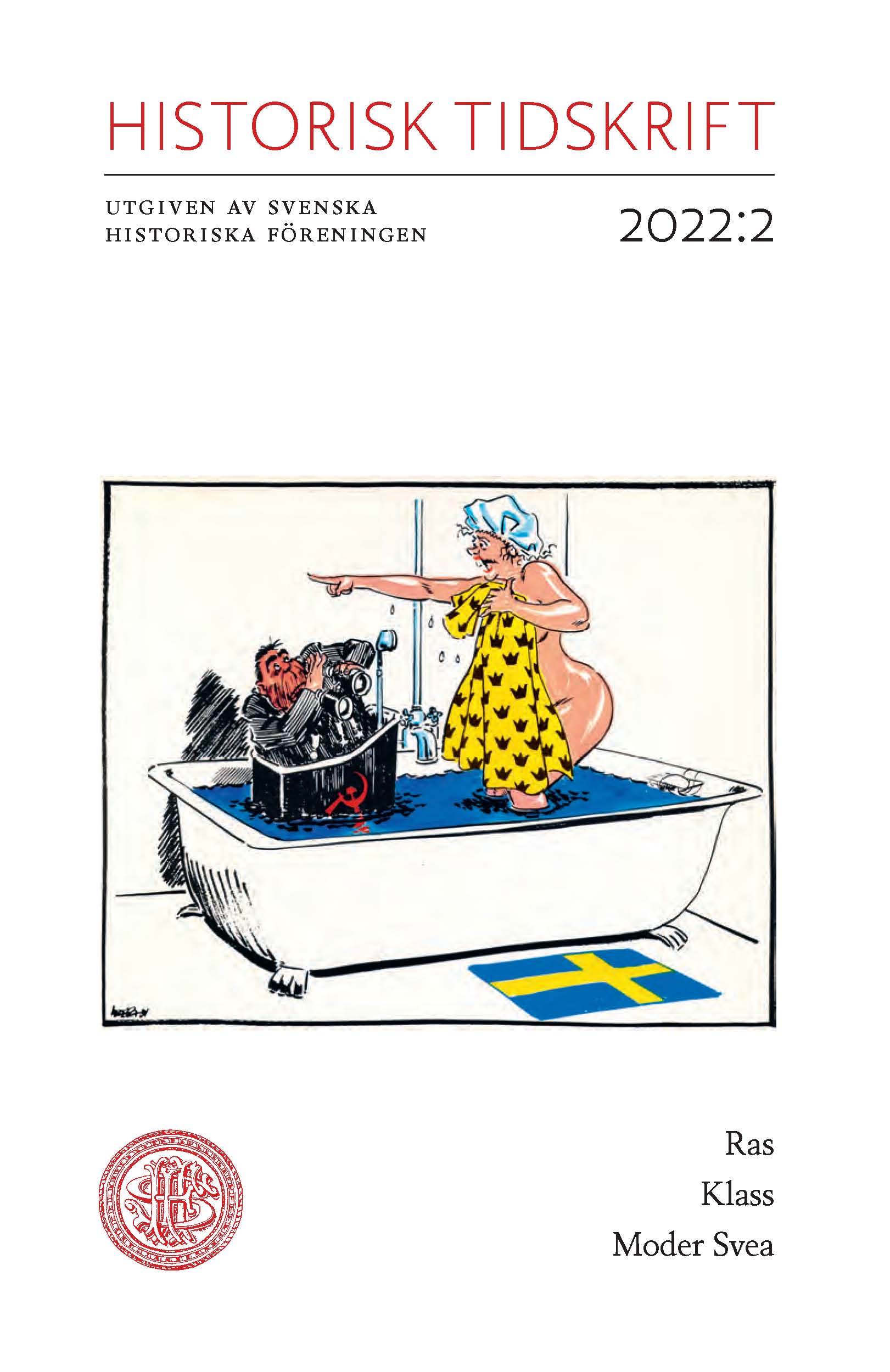Abstract
Racialisation for the masses: Racial categorisations in Swedish encyclopaedias in the nineteenth and twentieth centuries
The history of racial science, as it emerged in Sweden and in other European countries in the nineteenth and twentieth centuries, is a standard research topic today. But notions of race are not only produced in scholarly contexts; they are also generated in the mass media, popular culture, and politics. The history of racialisation cannot only be studied by focusing on academia, in other words. We also need broader investigations, focusing on how ”knowledge” about human races is produced and disseminated.
This article focuses on one such mass medium: Swedish encyclopaedias between the 1820s and the 1990s. Some have argued that these books played a profound role in shaping the public’s notions of race. Using theoretical tools from the field of the history of knowledge, several conclusions are drawn.
Comparing changes in academic scholarship with the encyclopaedias, it transpires the chronologies of the concept of race differed considerably. The concept of race was used by academics until well after the Second World War, but was then discredited and largely abandoned in the late 1960s. In many Swedish encyclopaedias, however, humankind was explicitly racialised even in the final decades of the twentieth century. This racialisation focused on physical differences between supposed races, but several encyclopaedias also claimed that racial mental differences probably existed. Before 1945, some encyclopaedias ranked races in an alleged racial hierarchy, in a colonialist, racist way. After 1945, these racial hierarchies disappeared, with one exception: Australian aborigines were described as primitive and ”Neanderthal-like” until the 1960s.
The way Swedish encyclopaedias categorised human races on a global scale resembled the international trends in racial science well. The complex global race categorisations of the 1920s and 1930s gave way in the post-war years to cruder categorisations with only three or four major races. But the encyclopaedias were out of step with scholarly trends when it came to categorising the population of Europe. Before the Second World War, racial science commonly divided Europeans into ”Nordic”, ”Alpine”, ”Mediterranean”, ”Dinaric”, and ”East Baltic” races. In academia, these divisions were largely abandoned after 1945. But in Swedish encyclopaedias, they lived on until the end of the century.

